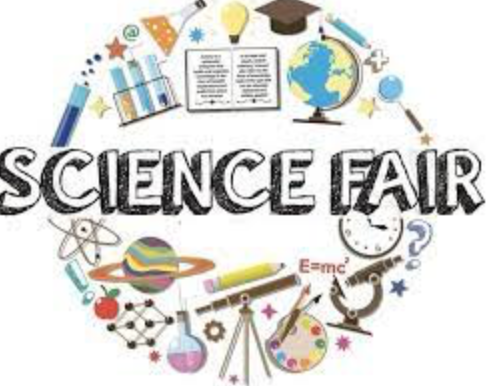Richard Liao ‘24 highlights the hard work and dedication of Science Fair students: Spencer Westover ‘23, Aayush Kevadia’ 23, Joseph Ricahrds ‘23, and Ishaan Paladugu ’25 by interviewing them about the overall trajectory and progress of creating their projects.
Spencer Westover ’23 is doing his independent science research project (ISRP) on the impact of fertilizers on succulent plants. He is testing the differences between using chemical fertilizer and organic fertilizer on aloe plants. His trials consist of three sets of four plants. The first set uses chemical fertilizer, the second set uses organic fertilizer, and the third set just uses water. He then compares the plants’ heights. Although he faced challenges when measuring the height of the aloe plants, he ultimately discovered that the chemically fertilized plants grew the most. Currently, Spencer is preparing for his presentation at the Pennsylvania Junior Academy of Science (PJAS) fair. He says, “making the presentation was my proudest achievement because it was very detailed and hard to make.” If Spencer could give advice to new students entering the science fair, he would tell them to not procrastinate, and to make sure that they get everything done as early as possible.
Aayush Kevadia ’23 is developing a microfluidic filtration device in platelet aggregometry assays. This test separates blood and Platelet-rich-plasma by density and uses agonists to analyze the aggregation behavior of platelets. Currently, Aayush is working on modeling the experimental apparatus using industrial laser cutting techniques. His next step is to finalize the channel design. If all goes well, Kevadia will be able to implement this new technological concept into a traditional diagnostic procedure. Aayush says that the hardest part of his project was networking and getting the right resources. Through this project, he learned about the scientific processes and how to adjust to limits or restraints. He says, “my proudest achievement was almost being able to implement a new concept/technology into a traditional diagnostic procedure.” If he could give new students some advice, he would say to cherish the journey and use their experience to aid their future research work.
Joseph Richards ’23 is investigating the effects of various ointments on protecting against cell death and radiation exposure from X-rays by testing ionizing radiation’s effect on the senescence of Lumbriculus Epithelium cells with methylene blue uptake and light microscopy. As of right now, just like many other science fair students, Joseph is finalizing and preparing for his presentation at the PJAS competition. His research inspired him to create a lightweight ointment that reduces harmful oxygen-derived free radicals in the body from radiation. This lightweight ointment will be the alternative to the current heavy lead vest. Richards says, “[making the ointment] was my proudest achievement because I was able to analyze the micro-nutrient and nuclear-based data to create a prototype.” He was able to analyze the micronutrient and nuclear-based data to create the prototype. Joseph encourages new students to enter the science fair because they will never know what they might find until they try it. Ishaan Paladugu ’25 is researching water filter costs and water sources’ effect on water quality. Essentially, Ishaan is testing the differences between a DIY water filter and a standard water filter on different water sources. His project can be applied in real life by people in 3rd world countries who can use these water filters to produce clean, filtered water that is safe for all to drink. The most difficult part of his project was balancing it with his homework. He says, “My biggest achievement from the science fair is learning that one must really like what you are doing to have yourself make time for it in highschool.” Ishaan recommends new students to try to start working on their science research project as soon as possible so that they won’t have a huge workload to accomplish later.

